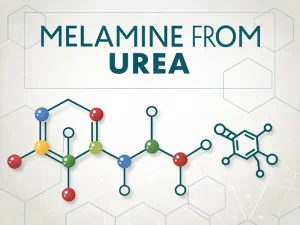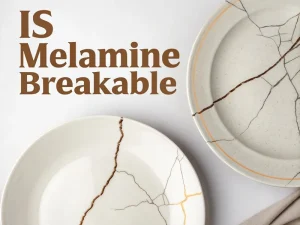
How To Detect Melamine In Textiles?
Tech Blog How to Detect Melamine in Textiles? Melamine powder, a nitrogen-containing heterocyclic compound, is widely used in flame-retardant textiles and plastic products due to

Melamine powder, a nitrogen-containing heterocyclic compound, is widely used in flame-retardant textiles and plastic products due to its excellent heat resistance and durability. However, long-term exposure to melamine migrating from textiles can cause kidney stones and even bladder cancer, making its detection crucial for product safety. The good news is that the gas chromatography-tandem mass spectrometry (GC-MS-MS) method has emerged as a reliable solution for testing melamine in textiles—here’s a simple breakdown of how it works.
When testing melamine in textiles, many methods have limitations. HPLC requires specific UV absorption properties and struggles with complex textile matrices, while surface plasmon resonance needs expensive equipment. GC-MS-MS, however, offers unique advantages:
No derivatization needed: Unlike traditional GC-MS, it skips the complicated pre-treatment step for melamine, saving time and reducing errors.
High sensitivity: It can detect melamine as low as 0.1 mg/kg, meeting strict international standards (e.g., AAFA’s 100 mg/kg limit).
Accurate results: With a linear correlation coefficient (R²) of 0.9994, it ensures precise quantification across 0.01–0.20 mg/L concentration ranges.
The test process combines ultrasonic extraction and GC-MS-MS analysis, optimized for simplicity and efficiency:
Cut 10.0 g of textile into 5 mm × 5 mm pieces and mix evenly.
Weigh 2.0 g of the sample into a 30mL glass bottle, and add 20mL of methanol (the best solvent for dissolving polar melamine).
Place the bottle in an ultrasonic bath at 70℃ for 60 minutes—this temperature and time balance extraction efficiency and safety (avoiding methanol boiling risks).
After cooling, filter the extract through a 0.22μm membrane to remove impurities.
The instrument settings are optimized to ensure precise detection:
Column: Elite-5MS (30m×0.25mm×0.25μm) for effective separation.
Temperature program: Start at 60℃, heat to 150℃ at 20℃/min, then to 240℃ at 15℃/min (hold 1 min).
Key parameters: Inlet temperature 300℃, ion source temperature 300℃, carrier gas (helium) flow 1.0 mL/min.
Detection mode: Multiple Reaction Monitoring (MRM) targeting parent ion 126 and daughter ions 85 (quantitative) and 68 (qualitative).
Tests on polyester, nylon, and acrylic fabrics confirm the method’s trustworthiness:
Recovery rates range from 84.1% to 113.9%, meaning most melamine is successfully extracted and detected.
Relative standard deviation (RSD) is 2.25%–8.44% (from 6 parallel tests), showing consistent results.
Textile manufacturers: Ensure compliance with global standards (ECHA SVHC list, AAFA RSL) to avoid import/export barriers.
Quality inspection labs: Efficiently test large batches of textiles with fast, accurate results.
Consumers: Gain peace of mind knowing products are screened for harmful melamine.
When testing 20 textile samples, four were found to contain melamine (0.30–4.04 mg/kg)—all well below the 100 mg/kg limit set by AAFA. This shows that the method effectively identifies trace levels of melamine without false positives, making it ideal for routine quality control.
Melamine detection in textiles doesn’t have to be complex. The GC-MS-MS method’s simplicity, sensitivity, and reliability make it the go-to choice for ensuring textile safety. Whether you’re in manufacturing, testing, or just a conscious consumer, understanding this technology helps prioritize health and compliance.

Tech Blog How to Detect Melamine in Textiles? Melamine powder, a nitrogen-containing heterocyclic compound, is widely used in flame-retardant textiles and plastic products due to

Tech Blog melamine from urea Melamine is well-known for its wide range of applications, but its raw material for production is surprisingly urea. For manufacturers,

Tech Blog Is melamine breakable? When looking for tableware that is both aesthetically pleasing and durable, melamine (also known as melamine resin) products are often

JINGJIANG MELAMINE POWDER
© JINJIANG MELAMINE